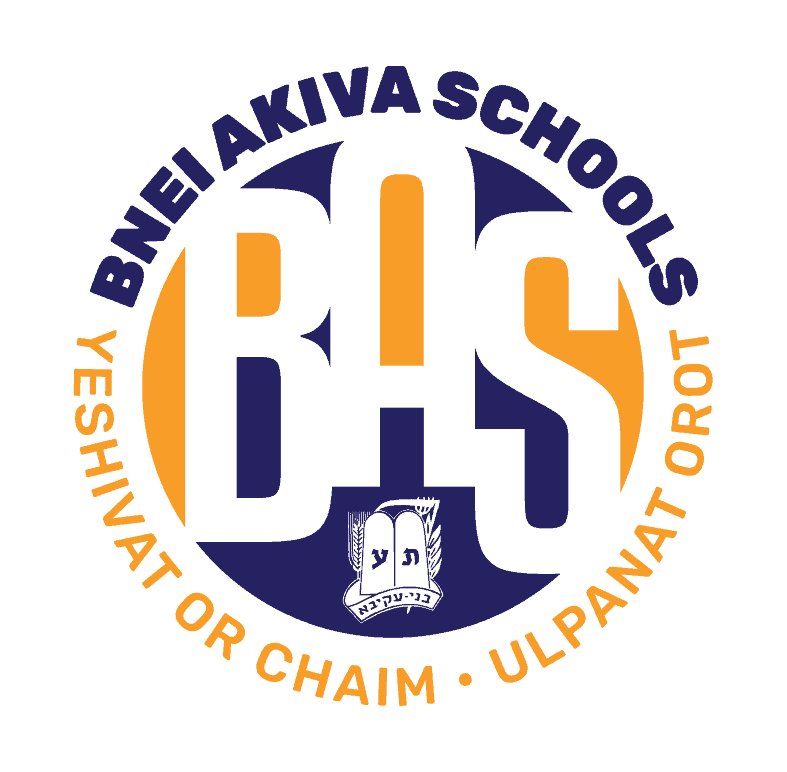Change It Up!
Gila Green and Aliya Moyal
Grade 12 students, Ulpanat Orot
For every other holiday in the Jewish calendar, the rituals that we practice repeat themselves every day. For example, on Sukkot, we shake the same lulav and etrog every day. On Rosh Hashanah, we blow the same shofar both days of Rosh Hashana. On Chanukah, every night is a little bit different. While we repeat a similar ritual each night, we light a different amount of candles each night. Why is this? Why do not we light the same number of candles every night similar to how we observe the same ritual each day or night of every other holiday?
Every other holiday commemorates a physical threat that was posed to the Jewish people. For example, on Purim Haman threatened to kill all Jewish people while Pesach commemorates the slavery and suffering that Pharaoh inflicted on the Jewish people. On Chanukah however, the Jews were threatened spiritually, when the Greeks took away our ability to perform Mitzvot such as Shabbat and Brit Milah. Our generation, particularly amongst teenagers and young adults, are faced with this threat constantly. The threat of assimilation and the appeal towards secularism. Very often, people get bored with their Jewish observance and have an inability to find excitement and passion with their Judaism. The appeal towards secularism is fueled by the fact that we do not get excited by our Mitzvot. When you add a change in routine, especially involving a Mitzvah, people get excited for a small alternation, and look forward to doing that mitzvah even more. Chanukah, the holiday that celebrates the Jews fighting against secularism and Hellenism must be celebrated in a way that is not routine but in a way that remains exciting and gets different each day.
Additionally, the Talmud says that you are allowed to light Chanukah candles up until people stop walking in the streets i.e. “עד שתכלה רגל מן השוק”. The word רגל has the same root word as routine in Hebrew (regel/ragil). In other words, Chanukah candles are permissible until they become routine for you. You must try and make it special each and every night of Chanukah to remind ourselves that we must find excitement and passion within all the Mitzvot that we do.
Beit Shammai’s Approach: Connecting with the Original Chanukah Miracle
Boaz Sonenberg
Grade 12 student, Yeshivat Or Chaim

The Gemara Shabbat 21b says:
ת”ר מצות חנוכה נר איש וביתו והמהדרין נר לכל אחד ואחד והמהדרין מן המהדרין ב”ש אומרים יום ראשון מדליק שמנה מכאן ואילך פוחת והולך וב”ה אומרים יום ראשון מדליק אחת מכאן ואילך מוסיף והולך אמר עולא פליגי בה תרי אמוראי במערבא ר’ יוסי בר אבין ור’ יוסי בר זבידא חד אמר טעמא דב”ש כנגד ימים הנכנסין וטעמא דב”ה כנגד ימים היוצאין וחד אמר טעמא דב”ש כנגד פרי החג וטעמא דבית הלל דמעלין בקדש ואין מורידין
The Gemara tells discusses the dispute between Beit Shammai and Beit Hillel regarding the ideal way to light the Chanukah candles: According to Beit Shammai we light eight on the first night and reduce by one each night until we light one on the eight night, while Beit Hillel instructs us to start with one, culminating with eight on the last night.
What is the rationale behind Beit Shammai? Beit Hillel appears to have stronger logic as we are counting up to the eighth day of Chanukah, each day matching the number of candles, similar to counting of the omer. Additionally, we are increasing in numbers each day, signifying a rise in kedushah, following the rule of מעלין בקדש ואין מורידין. But what is the reasoning behind Beit Shammai’s opinion? The Gemara gives two approaches to his reasoning: using the candles to indicate the remaining days of Chanukah or as a parallel to the cows offered as sacrifices on Sukkot. It seems more intuitive to increase the candles each day, building up to the finale of eight. And what do the korbanot of succot have to do with Chanukah?
The Ben Yehoyadah explains that it has to do with how the actual miracle happened in the time of the Chashmonaim. Initially the jug of oil was enough for one night, but it was divided into eight portions. When they used it for one night there were seven parts remaining, then six and so on. So, when Beit Shammai instructs us light with a decreasing number of candles each day, it represents the fraction of oil that was left in the jug and connects us, in today’s day and age, back to those who were involved in the Chanukah miracle.
Additionally, many historians suggest that the first Chanukah was a delayed celebration of Sukkot, which was largely missed that year due to the war with the Greeks and the defiled Temple. The mitzvah of lighting the candles perhaps demonstrates our reconnecting and restarting the temple service. Again, Beit Shammai’s method is an effective way to bring the original miracle to us. Furthermore, in order to counter Beit Hillel’s reasoning of מעלין בקדש ואין מורידין, the Pnei Yehoshua explains that Beit Shammai brings the sacrifices of Succot as an example from the Torah of another time when we suspend the rule of increasing numbers.
May we all have a meaningful Chanukah and feel connected with the miracles of both the past and present in our homes and everyday lives.



